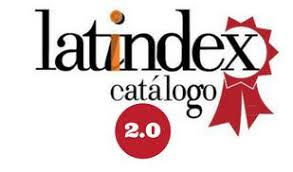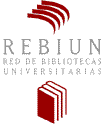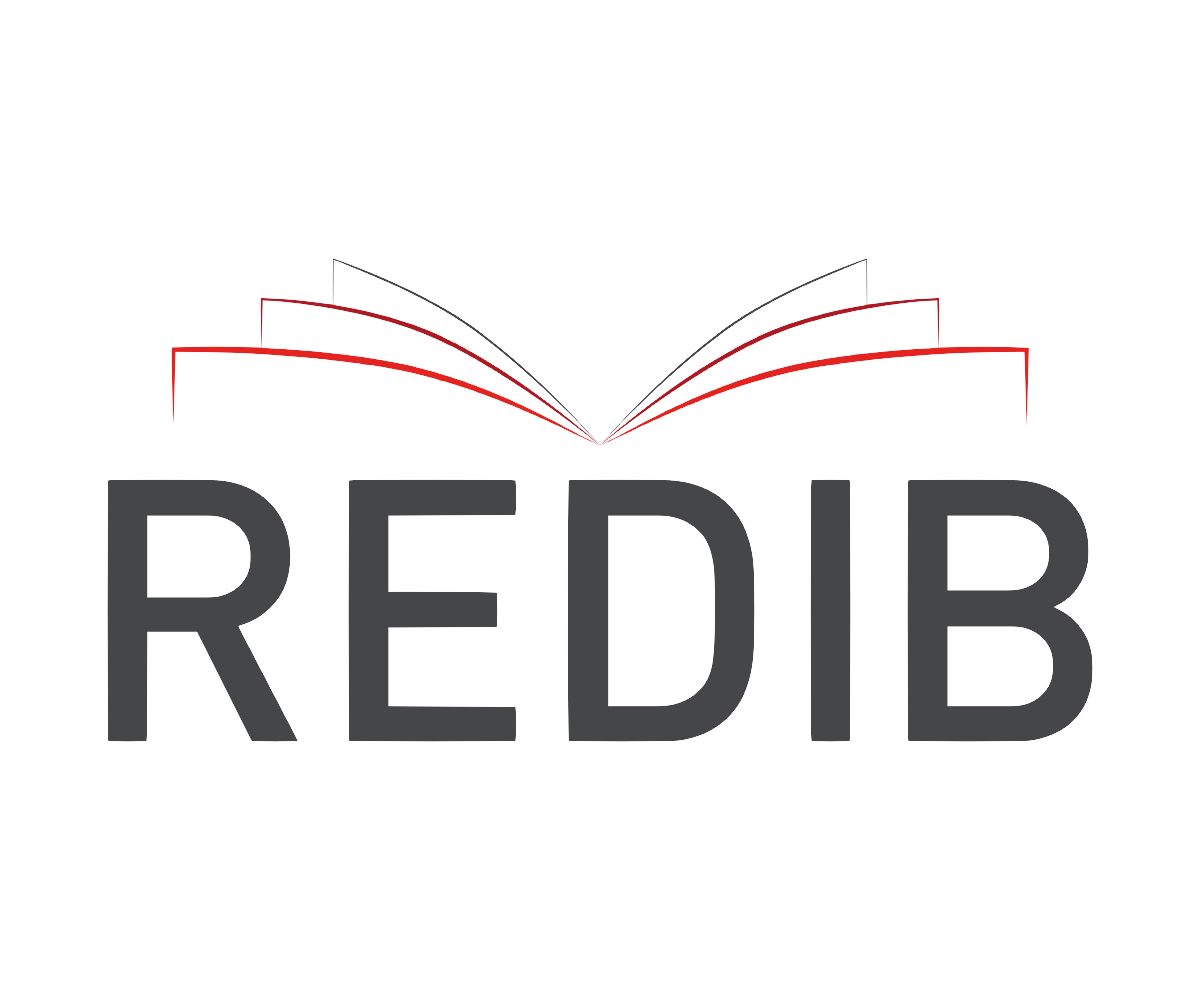Thermal analysis of lightweight wattle and daub walls for different design temperatures in Argentina
DOI:
https://doi.org/10.22320/07190700.2024.14.02.11Keywords:
wattle-and-daub, thermal conductivity, indoor comfortAbstract
The thermal performance of lightweight wattle and daub walls is analyzed in different bioclimatic zones of Argentina, presenting them as a sustainable alternative to other construction materials. The thermal conductivities of the wattle and daub (0.07 W/mK) and plaster (0.34 W/mK) infill were experimentally determined, yielding an overall thermal transmittance of 0.79 W/m²K for walls with a thickness of 15.6 cm. In situ measurements conducted in a dwelling demonstrated the ability of lightweight wattle and daub walls to maintain interior thermal stability with significantly lower thermal amplitude than outside. A comparative analysis with solid and hollow bricks concluded that wattle and daub walls require less thickness to achieve optimal insulation levels, making them suitable for different bioclimatic zones. This construction technique is replicable within the Argentinian context, with its thermal efficiency, sustainability, and indoor comfort standing out, with future opportunities to explore its fire resistance.
Downloads
References
Agencia para el Desarrollo Económico de la Ciudad de Córdoba ham (Adec). (2019) - Proyecto N°182-Atlas Dinámico De Envolventes. Atlas dinámico de envolventes. Atlas de comportamiento energético en régimen dinámico de envolventes constructivas. Instituto de Sustentabilidad Edilicia - Colegio de Arquitectos de la Provincia de Córdoba.
ACEVEDO OLIVA, R., CARRILLO ZUÑIGA, O. R., y BROUGHTON, J. (2017). Construcción en quincha liviana. Sistemas constructivos sustentables de reinterpretación patrimonial. https://csustentable.minvu.gob.cl/wp-content/uploads/2020/03/CONSTRUCCION_CON_QUINCHA_LIVIANA_1a_edicion.pdf
ASDRUBALI, F., D'ALESSANDRO, F., y SCHIAVONI, S. (2015). A review of unconventional sustainable building insulation materials. Sustainable Materials and Technologies,4, 1-17. https://doi.org/10.1016/j.susmat.2015.05.002
American society for testing and materials [ASTM]. (2013). ASTM C177-13 (2013). Standard test method for steady-state heat flux measurements and thermal transmission properties by means of the guarded-hot-plate apparatus. https://www.astm.org/c0177-19.html
BURATTI, C., BELLONI, E., MERLI, F., y ZINZI, M. (2021). Aerogel glazing systems for building applications: A review. Energy and Buildings, 231, 110587. https://doi.org/10.1016/j.enbuild.2020.110587
CASTILLO QUIMIS, E. L., MITE PEZO, J. A., y PÉREZ ARÉVALO, J. J. (2019). Influencia de los materiales de la envolvente en el confort térmico de las viviendas. Programa Mucho Lote II, Guayaquil. Revista Universidad y Sociedad, 11(4), 303-309. https://rus.ucf.edu.cu/index.php/rus/article/view/1306
CUITIÑO ROSALES, M. G., MALDONADO, N. G., y ESTEVES MIRAMONT, A. (2014). Analysis of the Mechanical Behavior of Prefabricated Wattle and Daub Walls. International Journal of Architecture, Engineering and Construction, 3, (4), 235-246. https://ri.conicet.gov.ar/handle/11336/32338
CUITIÑO, G., ESTEVES, A., MALDONADO, G., y ROTONDARO, R. (2015). Análisis de la transmitancia térmica y resistencia al impacto de los muros de quincha. Informes de la Construcción, 67(537), e063-e063. https://doi.org/10.3989/ic.12.082
FORGIARINI RUPP, R., GIRALDO VÁSQUEZ, N., y LAMBERTS, R. (2015). A review of human thermal comfort in the built environment. Energy and Buildings, 105, 178-205. https://doi.org/10.1016/j.enbuild.2015.07.047
GARCÍA LEÓN, R. A., FLÓREZ-SOLANO, E. y ESPINEL BLANCO, E. (2017). Conductividad térmica de polvos de arcillas utilizadas en la industria cerámica de Ocaña Norte de Santander y la región. Revista Ingenio, 13(1), 1-9. https://portal.amelica.org/ameli/journal/814/8145075001/
GONZÁLEZ COURET, D. G., y VÉLIZ PÁRRAGA, J. F. V. (2016). Resiliencia urbana y ambiente térmico en la vivienda. Arquitectura y Urbanismo, 37(2), 63-73. https://rau.cujae.edu.cu/index.php/revistaau/article/view/470
HAM, H. J., LEE, S., y KIM, H. -J. (2024). The Impact of Residential Building Insulation Standards on Indoor Thermal Environments and Heat-Related Illness Risks During Heatwaves: A Case Study in Korea. Sustainability, 16(22), 9831. https://doi.org/10.3390/su16229831
HOWDEN-CHAPMAN, P., MATHESON, A., CRANE, J., VIGGERS, H., CUNNINGHAM, M., BLAKELY, T., CUNNINGHAM, C., WOODWARD, A., SAVILLE-SMITH, K., O'DEA, D., KENNEDY, M., BAKER, M., WAIPARA, N., CHAPMAN, R., y DAVIE, G. (2007). Effect of insulating existing houses on health inequality: cluster randomised study in the community. BMJ (Clinical research ed.), 334(7591), 460. https://doi.org/10.1136/bmj.39070.573032.80
IRAM 11559. (1995). Acondicionamiento térmico. Determinación de la Resistencia térmica y propiedades conexas en régimen estacionario. Método de la placa caliente con guarda. Instituto Argentino de Normalización y Certificación. Buenos Aires: IRAM
IRAM 11605. (1996). Acondicionamiento térmico de edificios. Condiciones de habitabilidad en edificios. Valores máximos de transmitancia térmica en cerramientos opacos. Instituto Argentino de Normalización y Certificación. Buenos Aires: IRAM.
IRAM 11549. (2002). Aislamiento térmico de edificios. Vocabulario. Instituto Argentino de Normalización y Certificación. Buenos Aires: IRAM
IRAM 11601. (2002). Aislamiento térmico de edificios. Método de cálculo – Propiedades térmicas de los componentes y elementos de construcción en régimen estacionario. Instituto Argentino de Normalización y Certificación. Buenos Aires: IRAM
IRAM 11950. (2010). Resistencia al fuego de los elementos de la construcción - Método de ensayo. Instituto Argentino de Normalización y Certificación. Buenos Aires: IRAM.
IRAM 11603. (1996). Acondicionamiento térmico de edificios. Clasificación bioambiental de la República Argentina. Instituto Argentino de Normalización y Certificación. Buenos Aires: IRAM.
IRAM 11603. (2012). Acondicionamiento térmico de edificios. Clasificación bioambiental de la República Argentina. Instituto Argentino de Normalización y Certificación. Buenos Aires: IRAM.
ISO 8302. (1991). Thermal Insulation, Determination of Steady-State Areal Thermal Resistance and Related Properties--Guarded-Hot-Plate Apparatus. The International Organization for Standardization. https://www.iso.org/standard/15422.html
KREITH, F., y GOSWAMI, D. Y. (Eds.). (2007). Handbook of energy efficiency and renewable energy. Crc Press, Taylor & Francis Group
LAKATOS, Á. (2022). Novel Thermal Insulation Materials for Buildings. Energies, 15(18), 6713. https://doi.org/10.3390/en15186713
MAC DONNELL, H. P. (2014). Los muros exteriores: Análisis de muros empleados en la actualidad. Revista Vivienda. Buenos aires.
MATTEUCCI, S. D. (2012). Ecorregión Estepa Patagónica. Ecorregiones y complejos ecosistémicos argentinos. En J. MORELLO, S. D. MATTEUCCI, A. F. RODRIGUEZ y M. E. SILVA, Ecorregiones y complejos ecosistémicos argentinos (pp. 549-654). Orientación Gráfica Editora SRL, Buenos Aires,
MUÑOZ, C., ZAROR, C., SAELZER, G., y CUCHÍ, A. (2012). Estudio del flujo energético en el ciclo de vida de una vivienda y su implicancia en las emisiones de gases de efecto invernadero, durante la fase de construcción Caso Estudio: Vivienda Tipología Social. Región del Biobío, Chile. Revista de la construcción, 11(3), 125-145. http://dx.doi.org/10.4067/S0718-915X2012000300011
Red Protierra Argentina, 2024. Relevamiento y análisis de normas jurídicas y técnicas referidas a la construcción con tierra vigentes en la República Argentina. https://redprotierra.com.ar/2020/07/15/relevamiento-y-analisis-de-normativas-de-construccion-con-tierra-en-argentina/
REY MARTÍNEZ, F. J., y VELASCO GÓMEZ, E. (2006). Eficiencia energética en edificios. Certificación y auditorías energéticas: certificación y auditorías energéticas. Ediciones Paraninfo, SA.
SÁNCHEZ AZÓCAR, J. R. (2011). Análisis de Factibilidad Técnica y Económica para la Incorporación de una Empresa de Rehabilitación Térmica de Viviendas Usadas, en el Mercado de la Construcción Chilena [Tesis de Magíster, Universidad de Chile] Repositorio Académico de la Universidad de Chile. https://repositorio.uchile.cl/handle/2250/102639
VANHOUTTEGHEM, L., y SVENDSEN, S. (2014). Modern insulation requirements change the rules of architectural design in low-energy homes. Renewable energy, 72, 301-310. https://doi.org/10.1016/j.renene.2014.07.005
World Health Organization [WHO]. (2018). Housing and health guidelines. Geneva: World Health Organization. https://apps.who.int/iris/bitstream/handle/10665/275838/WHO-CED-PHE-18.02-eng.pdf
ZHAO, R., GUO, H., YI, X., GAO, W., ZHANG, H., BAI, Y., y WANG, T. (2020). Research on Thermal Insulation Properties of Plant Fiber Composite Building Material: A Review. International Journal of Thermophys, 41(87). https://doi.org/10.1007/s10765-020-02665-0
ZHOVKVA, O. (2020). Energy efficiency and environmental friendliness, as important principles of sustainability for multifunctional complexes. Revista ingeniería de construcción, 35(3), 308-320. https://doi.org/10.4067/S0718-50732020000300308
Downloads
Published
How to Cite
Issue
Section
License
Copyright (c) 2024 Maria Guadalupe Cuitiño-Rosales, Alejandro Domínguez, Gabriel Vaccaro, Victoria Di-Cesare

This work is licensed under a Creative Commons Attribution-ShareAlike 4.0 International License.
The content of articles which are published in each edition of Habitat Sustentable, is the exclusive responsibility of the author(s) and does not necessarily represent the thinking or compromise the opinion of University of the Bio-Bio.
The author(s) conserve their copyright and guarantee to the journal, the right of first publication of their work. This will simultaneously be subject to the Creative Commons Recognition License CC BY-SA, which allows others to share-copy, transform or create new materials from this work for non-commercial purposes, as long as they recognize authorship and the first publication in this journal, and its new creations are under a license with the same terms.

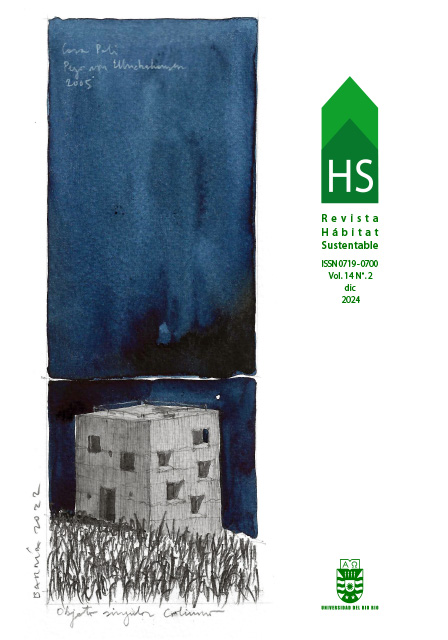
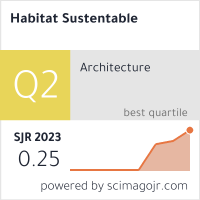






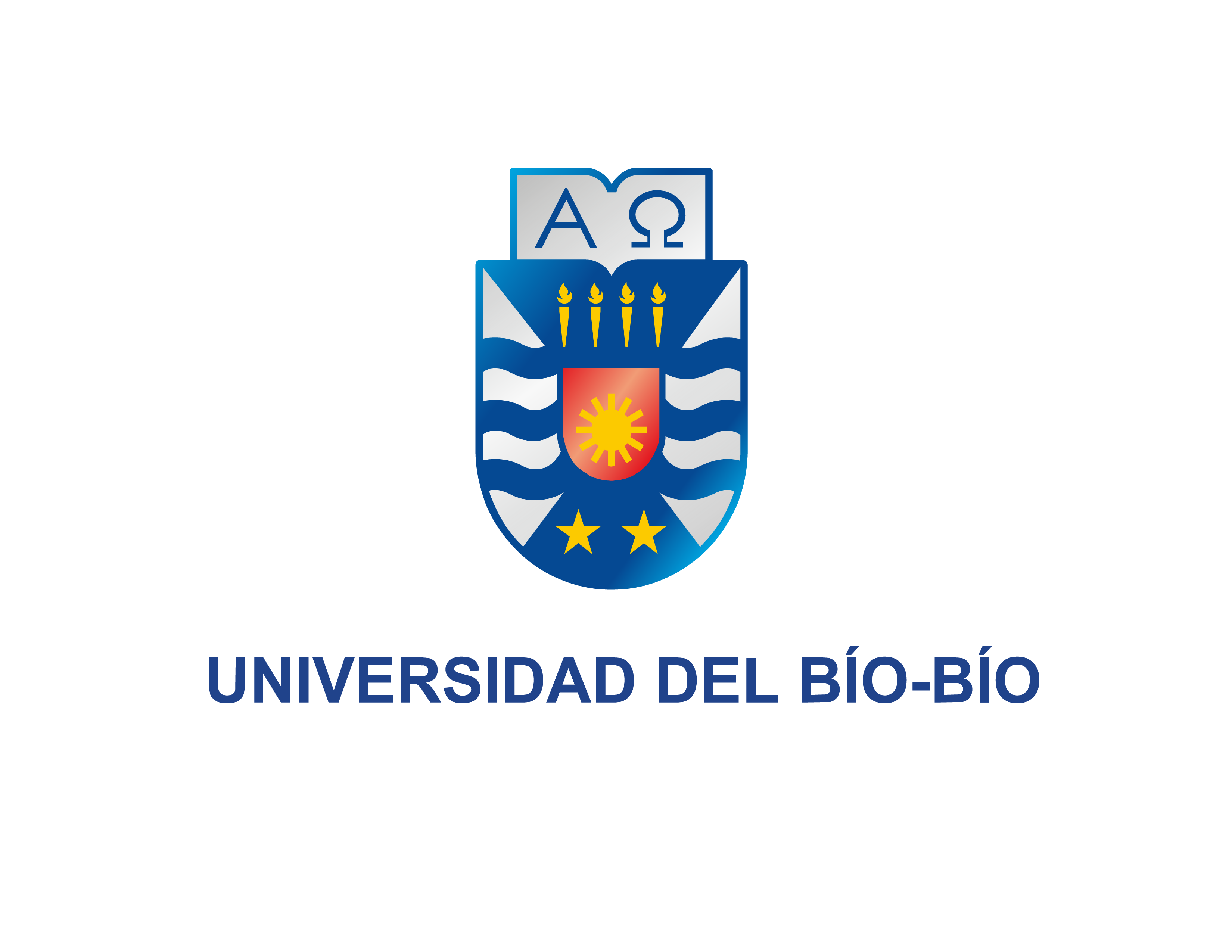

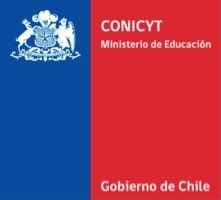 Scientific Information Program/Concurso Fondos de Publicación de Revistas Científicas 2018/ Proyecto Mejoramiento de Visibilidad de Revistas UBB (Código:FP180007).
Scientific Information Program/Concurso Fondos de Publicación de Revistas Científicas 2018/ Proyecto Mejoramiento de Visibilidad de Revistas UBB (Código:FP180007).
